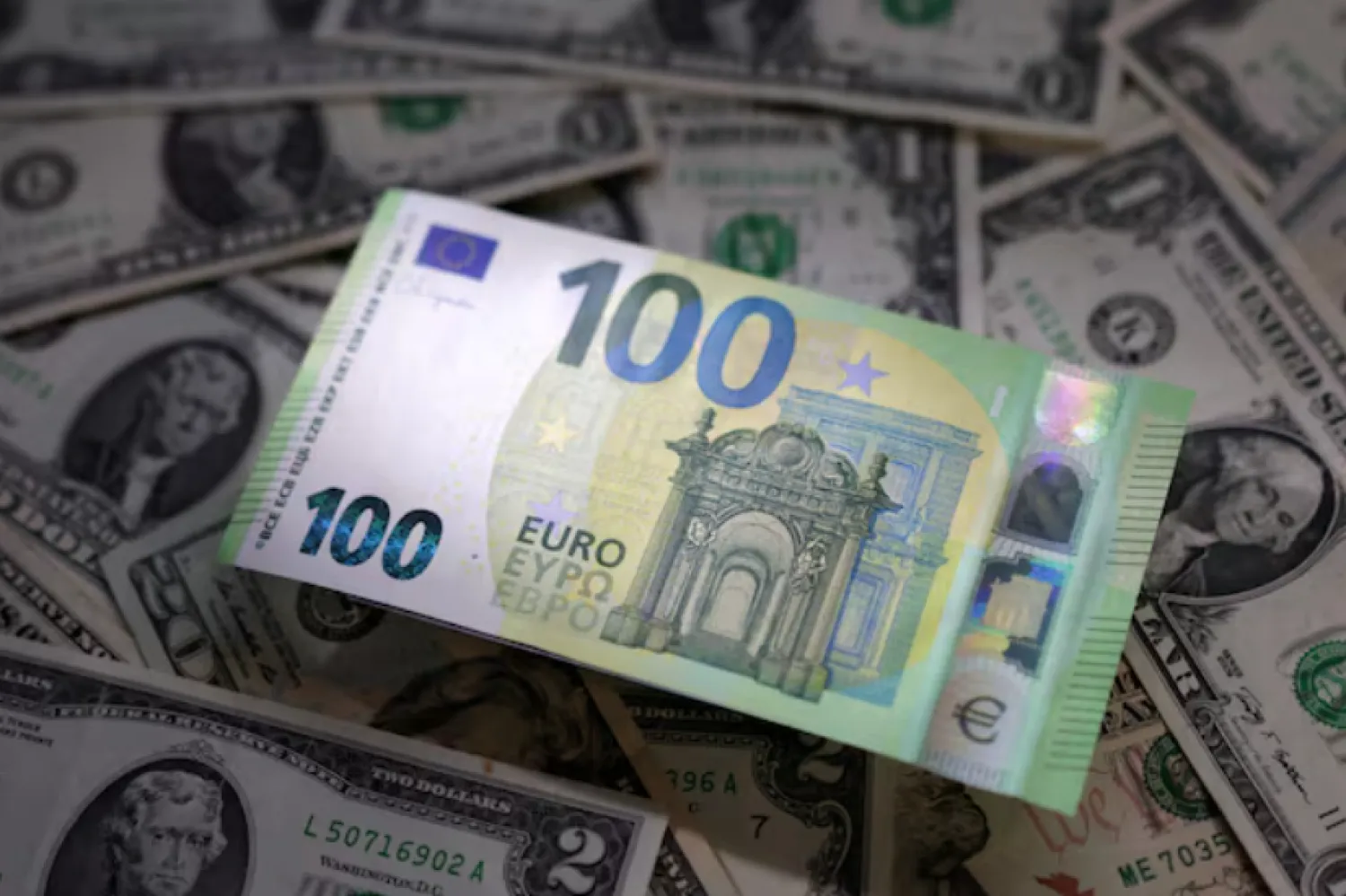The euro is trading at its highest this year against the dollar, emerging as a clear winner from the recent ructions in global currency markets that have unsettled a strong dollar and halted a relentless slide in Japan's yen.
Having broken decisively above the symbolic $1.10 level , the euro's more than 2.5% gain in August sets the currency up for its best month since November.
Traders, distracted up until now by the yen's sudden surge after a surprise July 31 Bank of Japan rate hike and a broad-dollar pounding as expectations for US interest rate cuts grow, are paying attention.
After all, history shows $1.10 is not an easy level to crack and as recently as April, some analysts speculated the euro could weaken to parity.
It's now the second best performing major currency versus the dollar this year after sterling, and is at its highest in trade-weighted terms on record, though that is also down to weakness in emerging market currencies.
The gains on the dollar, forecast to be modest from here, are nevertheless notable as US Federal Reserve rate cut talk coincides with speculation that further European Central Bank easing could be limited by sticky service-sector inflation, Reuters reported.
"It's a rate differential story," said Commerzbank currency analyst Volkmar Baur.
"Inflation is coming down on both sides (of the Atlantic), but the Fed is expected to move a little bit more aggressively on the way down, and that closes the rate spreads a little bit and gives way for a stronger euro."
The ECB, which cut rates in June, could deliver at least two more 25 basis points reductions, market pricing suggests.
The video player is currently playing an ad. You can skip the ad in 5 sec with a mouse or keyboard00:13Wall St. ends higher after Fed minutes, jobs data
In contrast, traders see 94 bps of Fed cuts across its three remaining meetings this year -- implying three 25 bps moves, with a good chance of one larger one. That's a change of around 30 bps from early August; ECB pricing has moved much less.
This shift followed weak US labor market data, which sparked recession fears and jolted stocks and bonds. Markets have since calmed, but policy easing expectations remain.
For sure, it's not just the euro that has strengthened against the dollar in August, but the single currency is where there are the fewest complications for traders looking for a relatively safe FX bet.
The yen is volatile after the unwind of a massive carry trade. Sterling has gained less in August after a UK rate cut and French political risks, that hurt the euro in June, have eased.
"We've seen some risks taken out from the euro like the French election," said Salman Ahmed, global head of macro and strategic asset allocation at Fidelity International.
"It's now becoming a cleaner central bank story."









